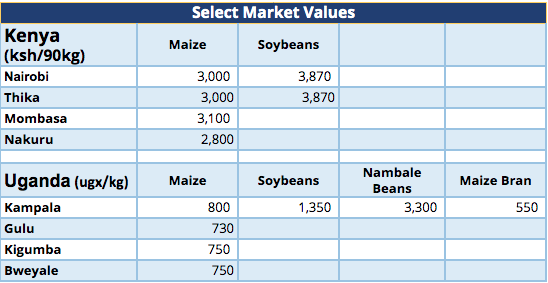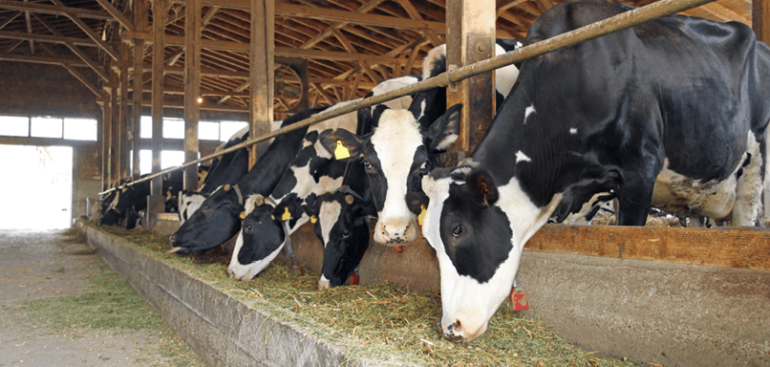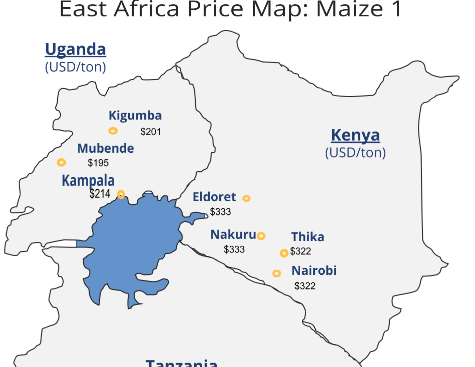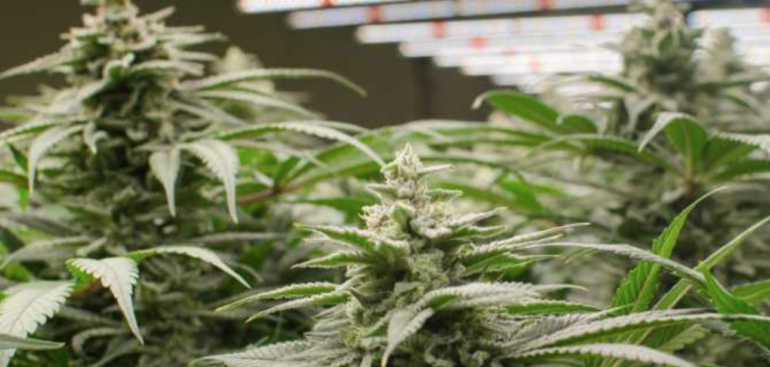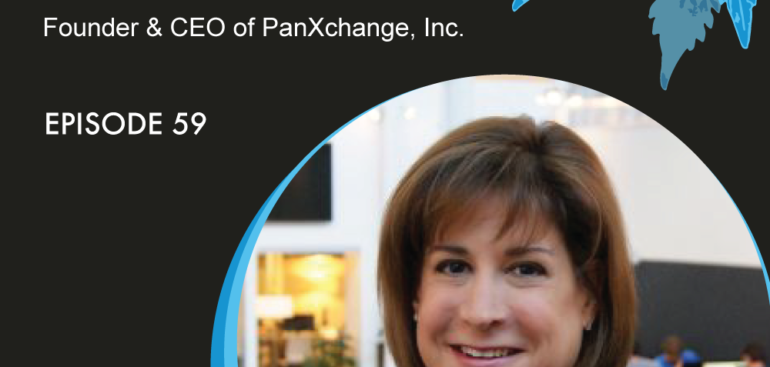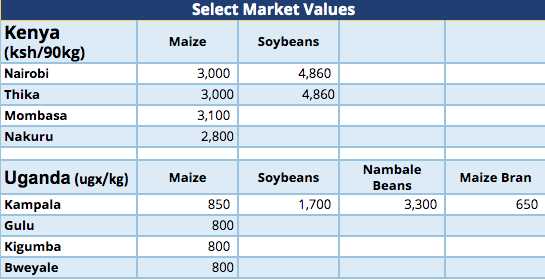Over the last few years, hemp has received plenty of fame for its potential environmental impacts that come from its 2018 legalization. Researchers are continuously taking on the challenge of proving how much water, pesticide, and other ecological requisites it takes for a farmer to cultivate hemp; however, one must not only consider the plant itself but the full lifecycle of the plants’ end product. Once the plant has left the farm, and in this case, turned into hemp plastic, where does it end up?
Kenyan animal feed producers have seen a decline in the yellow maize price as imports have seen prices in Nairobi quoted at KES 2,700 per 90kg bag compared to KES 3,200 per 90kg in June as suppliers that have been holding onto their stocks start releasing in order to avoid competing with more of the expected imported grain.
Hemp has all the makings of a competitive ingredient in animal feed, but the industry has significant legislative hurdles to clear before widespread adoption.
Food is essential to all things living, yet the pure scale of the many industries that directly influence its supply chain tends to go unnoticed. The U.S. agriculture industry, including feed grown for animals, contributes more than $1 trillion annually to the U.S. Gross Domestic Product (GDP). The U.S. and China are by far the two largest consumers and producers of animal feed in the world. Animals in the U.S. alone consumed more than 230 million tons of feed in 2016, which resulted in approximately 52 billion pounds of livestock and poultry protein. And the market is growing. “The U.S. animal feed market is expected to grow at a CAGR [compound annual growth rate] of 2.40% … to reach $83.663 billion in 2024 from $72.568 billion in 2018,” according to Research and Markets.
Kenyan millers and traders will continue to import maize over the next two months as the demand for the grain remains. Kenya currently consumes 4.2million 90 kg bags per month and the current price in Nairobi between KES 2,800 and KES 3,100 per 90 kg bag has bought pressure onto the market.
Meet the finalists, including Julie Lerner, our CEO, and Founder, in DBJ’s 2020 Outstanding Women in Business awards program.
Widely viewed as a primary source for market reports and intelligence in the hemp industry, PanXchange (Denver, CO) Director of Hemp Market, RJ Hopp, is seeing and hearing more lately about a surge in smoke-able hemp flower demand.
The Hoban Minute
Bob and Eric sit down with CEO of Panxchange, Julie Lerner to discuss the basics of how to define a commodity, the 7 stages of maturation, the import role a commodity exchange will play in the growth of the hemp industry, and what to be excited about as the industrial hemp industry continues to mature and become commoditized. Hoban Law Group created The Hoban Minute to get closer to our network, highlight the many voices that make up this multifaceted global industry, and provide a broader perspective on cannabis, hemp, and marijuana international markets. Contact Hoban Law Group for all your cannabusiness legal needs.
As the government recently cleared the vessels containing the imported Mexican maize, millers have now come out to request that 14 percent of the import duty be removed in order to make the maize grain more affordable.
In this episode, Justin sits down with Alex Meleshko, Manager of Frac Sand at PanXchange to discuss Commodity Trading and Physical Commodity Markets with Alex Meleshko. Alex also talks about how his recent marriage and move to Denver during the COVID-19 epidemic.
Last week, PanXchange hosted a webinar titled “The Forward Contracting Hemp in an Oversupplied Market.”
The session, which will soon be available to the public, covered many aspects of price risk management, including fixed-price transactions, crop insurance, sales contracts, and various legal issues regarding contract terms.


